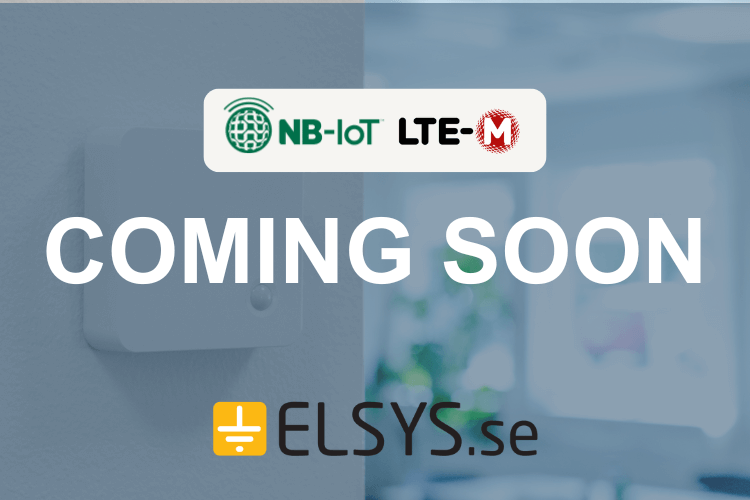Ever heard of the WELL Building Standard?

If you think of wellness when you read Well, you're not far wrong. However, the WELL Building Standard is not about the spa area, but a rating system for buildings. But it is also all about the health and well-being of the people who spend time there.
What is the WELL Building Standard?
The WELL Building Standard is a global rating system for buildings and interior spaces that are particularly geared towards the health and well-being of the people who live or work there.
Buildings certified to the WELL Building Standard must meet a series of requirements based on scientific evidence and best practice. The certification is divided into three levels: Silver, Gold and Platinum, depending on the extent to which the criteria are met.
The standard was developed by the International WELL Building Institute (IWBI).

What criteria are used to assess a building?
The requirements concept is based on the following ten categories:
Air: Optimum air quality in rooms through e.g. good ventilation, filtration, ventilation and control of pollutants
Water: providing clean, drinkable water and reducing water wastage
Nutrition: Promoting a healthy diet by designing cafeterias and providing information about healthy foods
Light: Optimizing indoor lighting conditions for health, comfort and productivity
Exercise: Promote physical activity by designing buildings and outdoor spaces that support movement and fitness
Thermal comfort: Creating a pleasant indoor climate
Acoustics/noise pollution: Reduction of noise and noise pollution indoors
Building materials: use of healthy and sustainable building materials
Atmosphere: Promoting mental well-being by designing interior spaces that are conducive to concentration, productivity and creativity.
Community: Supporting social interaction and a sense of community among building users
Why is such a standard important?
The certification is intended to provide an incentive to construct and design buildings in the interests of human well-being, health and ecological sustainability. Studies have shown that good ventilation and indoor air quality reduce the symptoms of asthma and allergies and improve sleep quality. On the other hand, it can help to increase productivity in office spaces if, for example, the CO2 content in the air is consistently monitored.
In addition, efficient use and utilization of HVAC systems can reduce operating costs and lower energy and water consumption for the benefit of the environment.
Does the WELL Building Standard also apply to Germany?
Yes, the standard also applies to Germany, but there is a separate organization in this country, the German Green Building Association (GGBA)which handles certification in cooperation with the IWBI and has been in existence since 2015.
There are already a number of WELL-certified buildings in Germany, including office buildings, residential buildings, schools and hospitals.
Some of the certified buildings include:
- Triuva TriBase, Frankfurt/Main: Office building with WELL Gold certification
- KPMG Lighthouse, Hamburg: Office building with WELL Gold certification
- The Flag, Frankfurt/Main: Residential building with WELL Gold certification
- Waldorf Astoria, Berlin: Hotel with WELL Gold certification

Products in the m2m store that contribute to meeting the WELL standard
If you also want to design your building with the well-being of the people living and working in it in mind or even aim for WELL certification, look out for the "Works with WELL" seal. This seal is officially awarded by the IWBI to product manufacturers who contribute to meeting the criteria.
Our partner Milesight recently received this seal for its LoRaWAN 9-in-1 sensor AM319. The sensor is used for indoor monitoring of rooms and detects movement, CO2, humidity, temperature and VOC, among other things.
Would you like to find out more about how you can make your building more efficient and save energy?
Then browse through our landing page "IoT in building management" to find out what application scenarios there are, how you can automate your heating control system or how you can easily retrofit wireless sensors to monitor indoor air quality using LoRaWAN.


